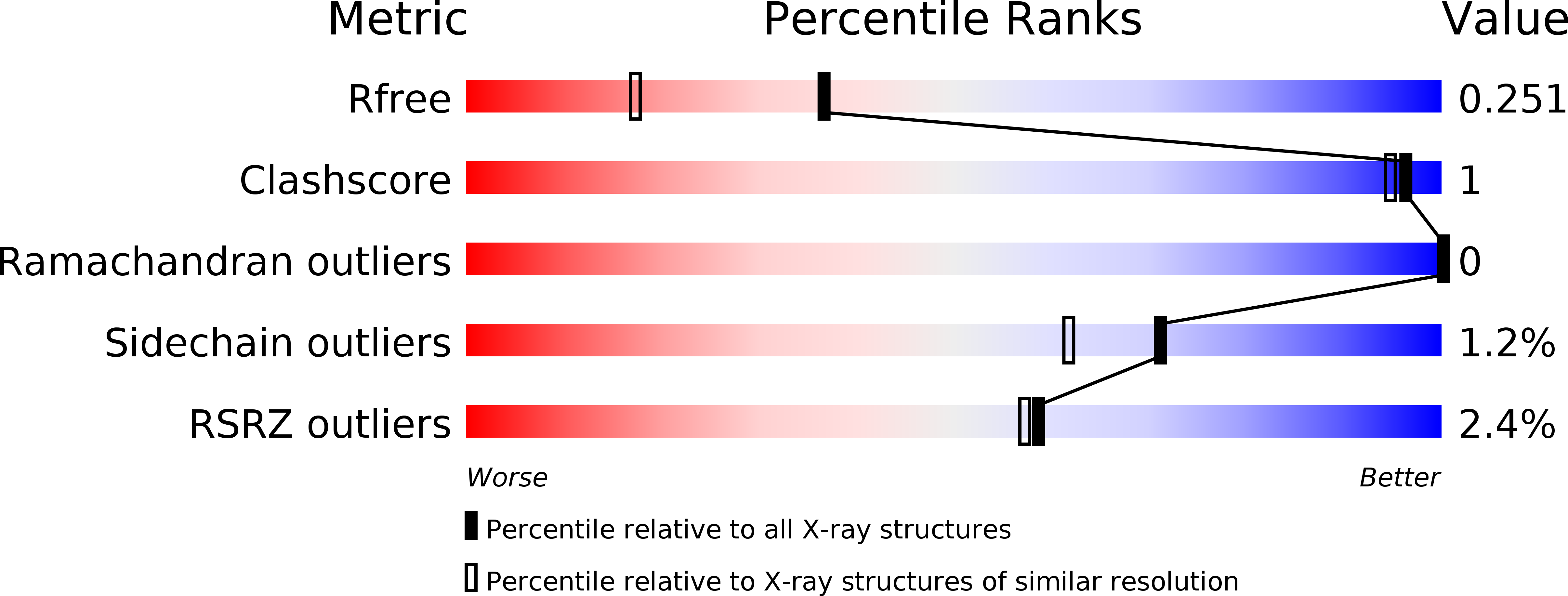
Deposition Date
2017-09-08
Release Date
2018-09-12
Last Version Date
2023-10-04
Entry Detail
PDB ID:
6AYT
Keywords:
Title:
Crystal structure of Campylobacter jejuni 5'-methylthioadenosine/S-adenosyl homocysteine nucleosidase (MTAN) complexed with pyrazinylthio-DADMe-Immucillin-A
Biological Source:
Source Organism:
Campylobacter jejuni (Taxon ID: 197)
Host Organism:
Method Details:
Experimental Method:
Resolution:
1.85 Å
R-Value Free:
0.24
R-Value Work:
0.21
R-Value Observed:
0.22
Space Group:
P 1 21 1


